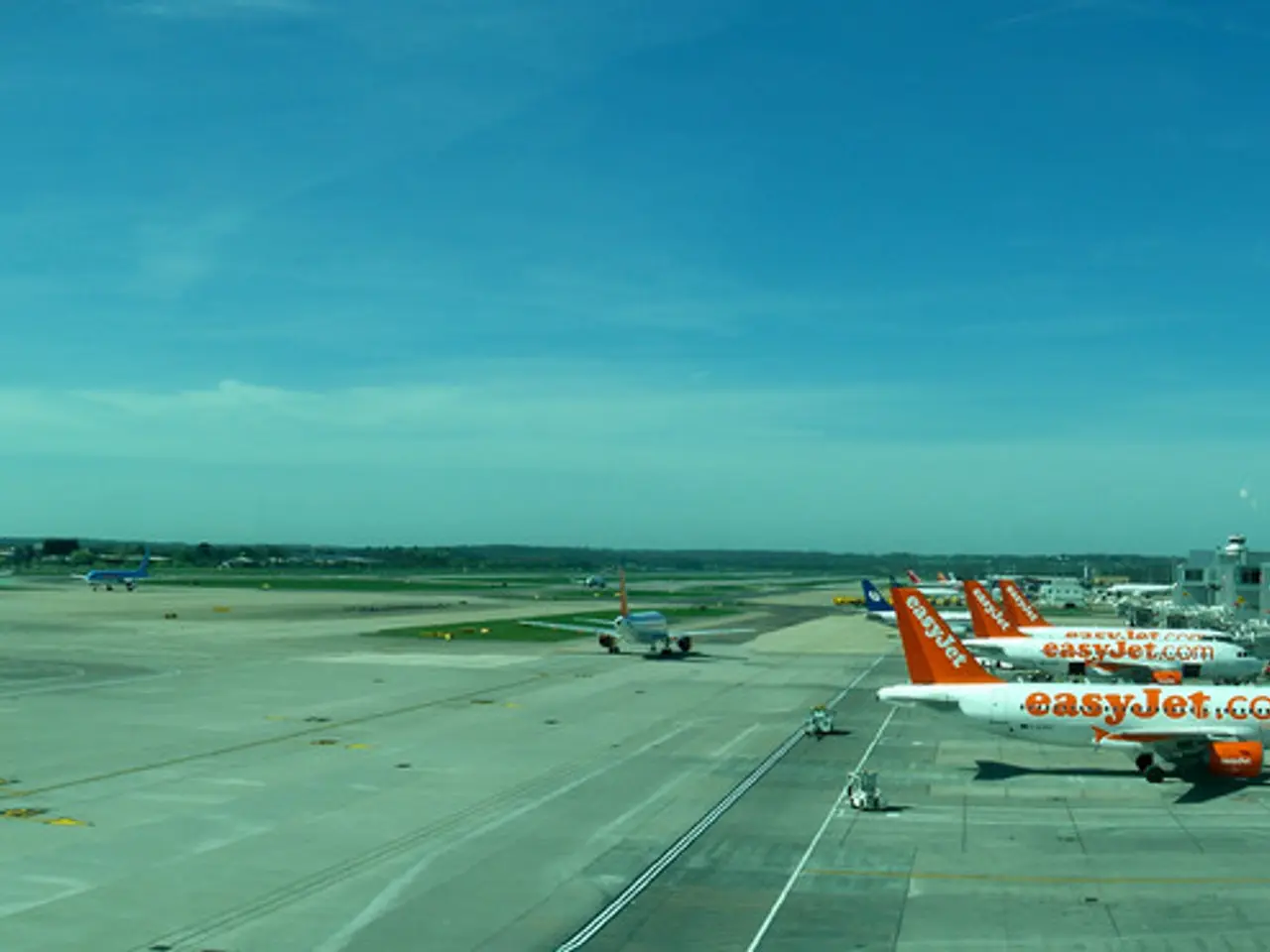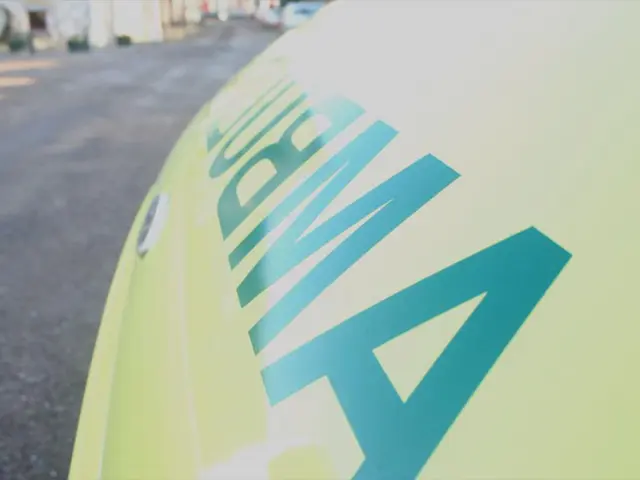Stuttgart Airport records persistent financial losses continue
Stuttgart Airport, like many airports worldwide, has faced financial challenges during the COVID-19 pandemic due to a significant drop in air travel caused by border closures and travel restrictions. The pandemic resulted in a sharp decrease in passenger volumes and flight operations, leading to revenue losses and cost-cutting measures.
However, there is a glimmer of hope on the horizon. The airport's CEO, Ulrich Heppe, expects about a five percent increase in passengers compared to the previous year for the current fiscal year. This optimism is partly fueled by the anticipated benefits from the Stuttgart 21 rail project, which is expected to improve the airport's transport connections.
Despite these positive expectations, Heppe does not foresee a positive result for the airport until 2026. In fact, the airport has been posting losses since the beginning of the Corona pandemic in 2020, with a massive drop in passenger numbers and a loss of around 97 million euros in the fiscal year 2020. The airport company, Stuttgart Airport GmbH (FSG), recorded a deficit of 6.1 million euros in the fiscal year 2024.
To address these financial challenges, FSG plans to invest more than two billion euros in the energy renovation of terminals and buildings on the campus as part of its sustainability goal, "STRzero." The aim is to achieve "net-zero greenhouse gas emissions" by 2040.
The airport is also seeking support from its owners, the state and the city of Stuttgart. The airport expects a capital subsidy of 690 million euros from its owners for the years 2028 to 2031.
The German aviation industry, including Stuttgart Airport, is under pressure to modernize and expand its infrastructure due to rising costs for personnel, energy, and materials. However, the slow increase in passenger numbers limits the income to cover these costs. Some domestic air traffic has shifted to the rails, and travel behavior has changed with more video conferences replacing business meetings on-site, making some flights unnecessary.
Industry experts hope for a reduction in air traffic tax to help with recovery from the disadvantages caused by government regulation, high government fees, and high fuel prices. The German aviation industry currently has the lowest recovery rate in Europe compared to the downturns caused by Corona due to politically induced disadvantages in location.
Looking ahead, Stuttgart Airport, like many airports, expects recovery to take years with hopes tied to the resumption of international travel and economic normalization. The airport's Co-CEO, Carsten Poralla, mentioned that tenders and awards for the future project started in 2024, with the airport station scheduled to go into operation at the end of 2026, according to Poralla.
In conclusion, Stuttgart Airport is navigating through challenging times, but it is making strides towards recovery and sustainability. The airport is investing in energy-efficient infrastructure, seeking financial support, and adapting to changes in travel behavior. The recovery process is expected to be gradual, aligning with the easing of travel restrictions and increasing vaccination rates.
Economic and social policy should consider providing financial support to airports like Stuttgart, given their ongoing financial struggles due to the pandemic.
The uncertain future of the airport industry, highlighted by Stuttgart Airport's planned investment in energy-efficient transportation infrastructure, underscores the necessity for industry-specific policies, such as reducing air traffic tax.
Public-transit improvements, such as the Stuttgart 21 rail project, hold the potential to divert some passenger volume from airports, potentially impacting both the finance and transportation sectors.




